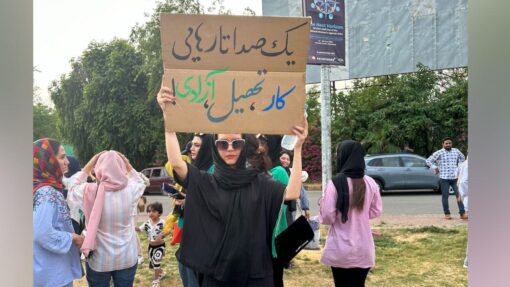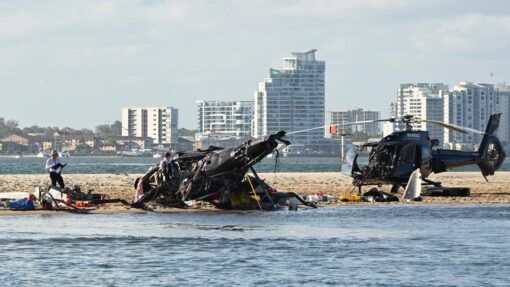‘Too big’: weapon found in accused’s car was ruled out
Callum Godde |

A knife found in the car of a man accused of fatally stabbing two women almost half a century ago was initially ruled out as the murder weapon, a court has been told.
Past and present police members were questioned in Melbourne Magistrates Court on Monday over the 1977 Easey Street murders of Suzanne Armstrong, 28, and Susan Bartlett, 27.
Perry Kouroumblis, 66, was extradited from Italy in December 2024 to face two murder charges and one count of rape following DNA testing developments allegedly linking him to the crime scene.

In his committal hearing, former homicide squad detective Peter Hiscock said he vividly remembered attending the Collingwood home on January 13, 1977.
Mr Hiscock described it as a “horrific scene” after three hot days in Melbourne, leading to “deterioration” of the victims’ bodies.
He told the court he was alongside a pathologist during their post-mortem, which determined Ms Bartlett suffered 55 stab wounds and Ms Armstrong another 29.
Crown prosecutor Zubin Menon previously told the court police spoke to Kouroumblis on nearby Hotham Street on January 14, with a knife found in his car.
Kouroumblis allegedly told police he found it outside Victoria Park railway station, also in Collingwood.
Under questioning from Kouroumblis’ barrister Dermot Dann KC, Mr Hiscock said the pathologist originally ruled the knife out as the murder weapon.
“He thought it was too big and too rusty, from my memory,” he said.
“It wasn’t at the first post-mortem that I attended … I may have gleaned this information later.”
Mr Hiscock left the homicide squad in 1979 and the force altogether in the early 1980s, but worked for another 33 years as a private investigator.

The infamous killings were his only unsolved case and he continued to take an interest.
In June 1988, Mr Hiscock spoke with another detective as part of a cold-case review and named former crime journalist John Grant as the “primary suspect”.
Grant had stayed at the home of Easey Street neighbour and former sports journalist Ilona Miklosvary, formerly Stevens, on January 10 and was linked to another killing at the time – the unsolved murder of Julia Ann Garciacelay.
Grant has never been charged in connection with Ms Garciacelay’s death.
Mr Hiscock’s suspicions were based on Grant being at the scene of each of the murders but he was later denied permission to fly to New Zealand to interview Grant.
The defence probed another former homicide squad detective Colin Favre’s recollection of other alleged persons of interest in Barry Woodard, who was dating Ms Armstrong, and Ross Hammond, who was dating Ms Bartlett.
Mr Woodard visited the home the day before their bodies were found and left a note with his phone number, while Mr Hammond told detectives he “climbed in her bedroom window” close to the discovery.
Mr Dann read out a police information report from the time that suggested Mr Hammond’s story “did not have a truthful ring and he appeared to be trying to justify his movements”.
“He did not see the bodies. This would have been possible but certainly did not sound logical,” Mr Dann said the note read.

The possible tarnishing of evidence taken from the scene was a focus of repeated questioning from Mr Dann.
Detective Senior Constable Sally McCurrach told the court collected items were stored in a large sealed plastic bag.
She inspected the 17 items in August 2015 and said each was contained in individual bags, although the “knives were confusing” and others were recorded as missing.
Mr Hiscock, Mr Favre and Terry Purton, who was the first officer to attend the house, all told the court they did not wear gloves at the crime scene.
Officers were accused of urinating in the backyard of the home but Mr Purton said he never saw such behaviour.
Kouroumblis denies any involvement in the murders and his committal hearing for magistrate Brett Sonnet to decide if there’s enough evidence for a trial continues on Tuesday.
AAP


